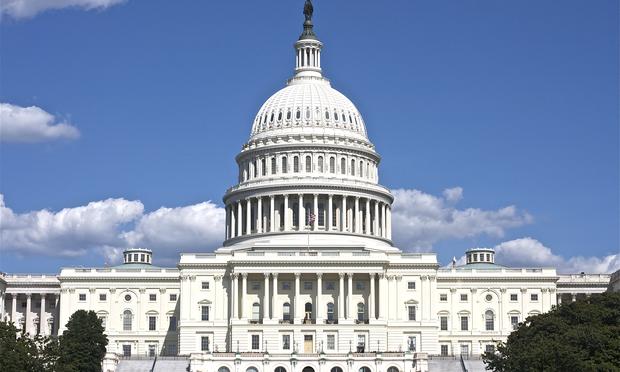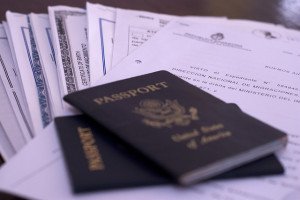Four Immigration Programs Will Expire September 30

Capitol Building
Congress returns from its summer recess today, and it is tasked with a litany of difficult decisions and issues. Part of its agenda over the next three weeks will be deciding whether to renew four immigration programs. Those include the EB-5 program, CONRAD 30, E-Verify, and the Religious Non-Ministers EB-4 program. Their vitality to the nation is probably dependent on perspective, but Congress is certain to discuss and contemplate these four programs, given the stakes involved.
The EB-5 program concerns millions of dollars of investment each year, especially now that the program has reached an apex in popularity. It is estimated that the program has generated over 5.2 billion dollars of investment and created 31,000 full time US jobs. One place this investment is going is to the renovation of the Pennsylvania Turnpike.
CONRAD30 allows individual states’ health departments to hire up to 30 international medical graduate doctors, so that instead of having to fulfill their two year home residency requirement on the J-1 visa, they are sent to rural and underserved medical areas for three full years.
The blog will provide updates on the four programs throughout the month. Congress has 22 days from today to decide whether to renew these programs or to let them sunset. Bills have been proposed, covering all four programs (EB-5 bills, CONRAD30, E-Verify, EB-4 Religious Workers.
September 30, 2015 is an important date for another reason. The Department of Homeland Security is the federal agency tasked with overseeing immigration in the United States. A congressional, presidential, and political battle in March of this year threatened a de-funding of the agency, but a last minute bill funded the agency until the end of the fiscal year (September 30). The prospect of a government shutdown may yet loom again.
